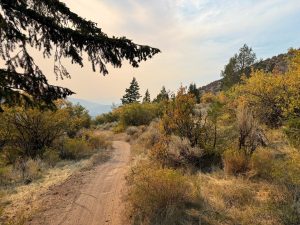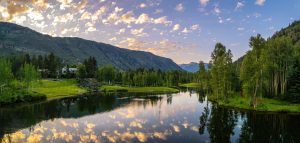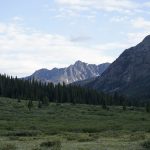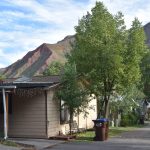Will recent rainfall help reverse Western Colorado’s extreme drought conditions?
The region went from no drought to one of the hottest, driest periods on record in less than a year

Ali Longwell/The Aspen Times
Western Colorado has had a record-setting summer, as hot and dry conditions have persisted for much of the season. While recent rainstorms have brought much-needed precipitation to the region, relief from drought may be unlikely.
In an Aug. 26 presentation to Colorado’s Water Conditions Monitoring Committee, Allie Mazurek, a climatologist with the Colorado Climate Center, shared that portions of Western Colorado have had months and time periods breaking into the top 10 hottest, driest periods in the last 131 years on record in Colorado.
While there have been some statewide records — including tying for the 10th warmest first 10 months of the water year, which starts in October — many metrics show a “pretty strong east to west divide,” Mazurek said.
This included precipitation for June and July, with some areas on the Eastern Plains experiencing slightly wetter than normal conditions and most of western Colorado experiencing much drier than normal conditions, she said.
As a state, Colorado experienced the 24th warmest July on record statewide, but a large segment of Western Colorado — including portions of Moffat, Rio Blanco, Routt, Eagle, Pitkin, Garfield, Mesa, Montrose, Ouray, and Saguache counties — ranked among the top 10 hottest. Nearly all of the West was above normal temperatures during the month. Precipitation showed a similar picture, with the state seeing its 29th driest July on record and portions of the West Slope breaking into the top 10 driest.
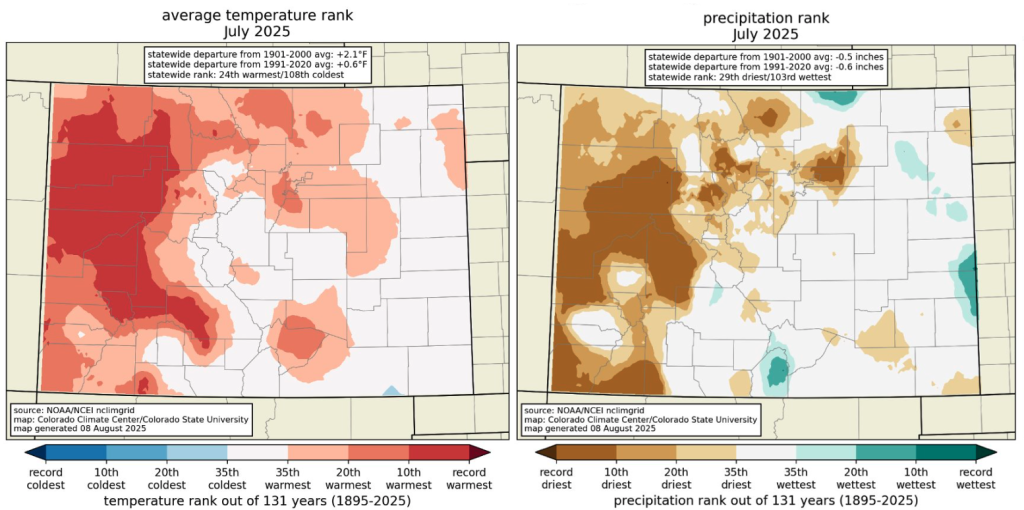
Looking from December to July, nearly all of Colorado west of the Continental Divide has broken into its top 10 driest years on record. Several spots — including portions of Moffat, Garfield, Eagle, Pitkin, Mesa, Gunnison, and Delta counties — have experienced the driest year on record.
For some portions of the state, this summer has been the opposite of last year. Looking at the Vail weather station, the 60 days spanning June 23 to Aug. 21 this year have marked the driest in the last 40 years on record. The same period in 2024 saw the wettest on record, Mazurek said.
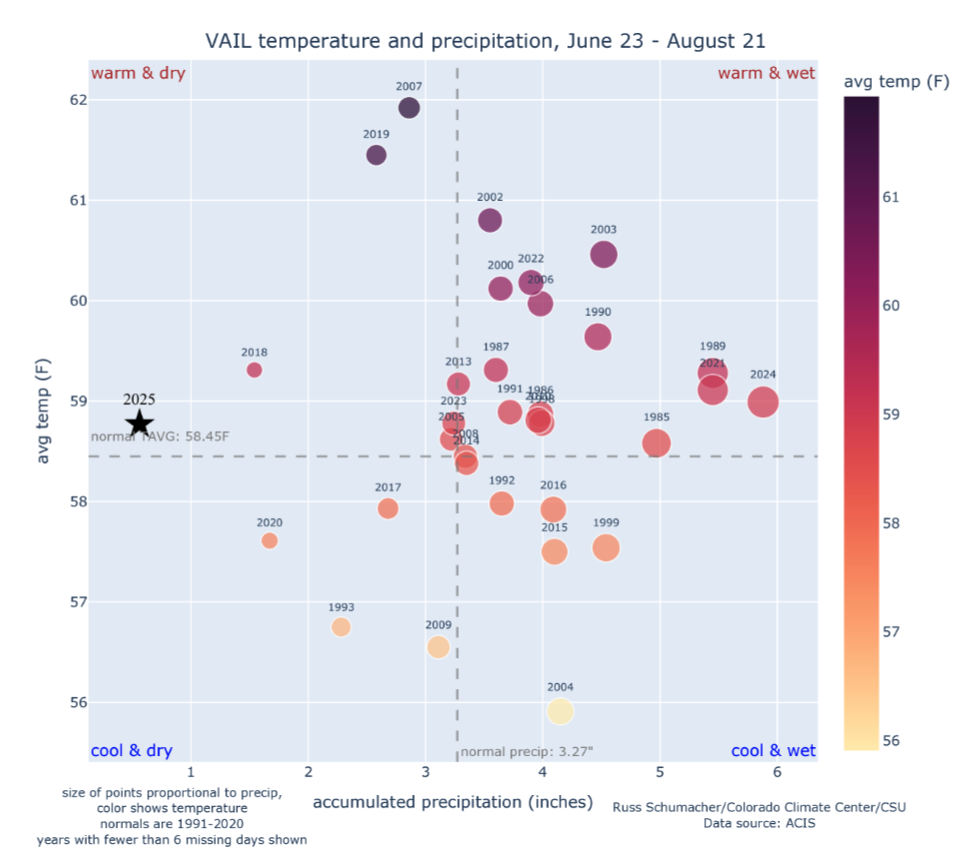
The record-setting dry and hot conditions this summer have led to intensified fire activity and deepened the drought in Western Colorado.
Colorado is “at the epicenter of the drought in the West,” Mazurek said.
The U.S. Department of Agriculture releases weekly drought monitors for Colorado. The latest map — which was published Thursday, Aug. 28, and shows conditions as of Tuesday, Aug. 26 — depicts an equally dire picture as the previous week. While it identifies some parts of eastern Colorado where abnormally dry conditions receded in the last week, moderate to exceptional drought conditions persist across the west.
While this could have to do with the data cutoff for the map being on Tuesdays — with many portions of the Western Slope getting their heaviest rain after the cutoff — Mazurek said these regions will need more rain to recover from the current drought conditions.

At the start of the water year in October, most of western Colorado was not experiencing drought, but this started to change in the spring.
“Drought has been building in the western part of the state over the course of many months, originating back to last winter, when there was lackluster snowpack over much of the state,” Mazurek said. “That led to the below-normal runoff we saw in many of our river basins this summer, and the abnormally hot and dry conditions that have characterized the past several months haven’t helped.”
She added that northwest Colorado has seen “the quickest developing drought” since October.
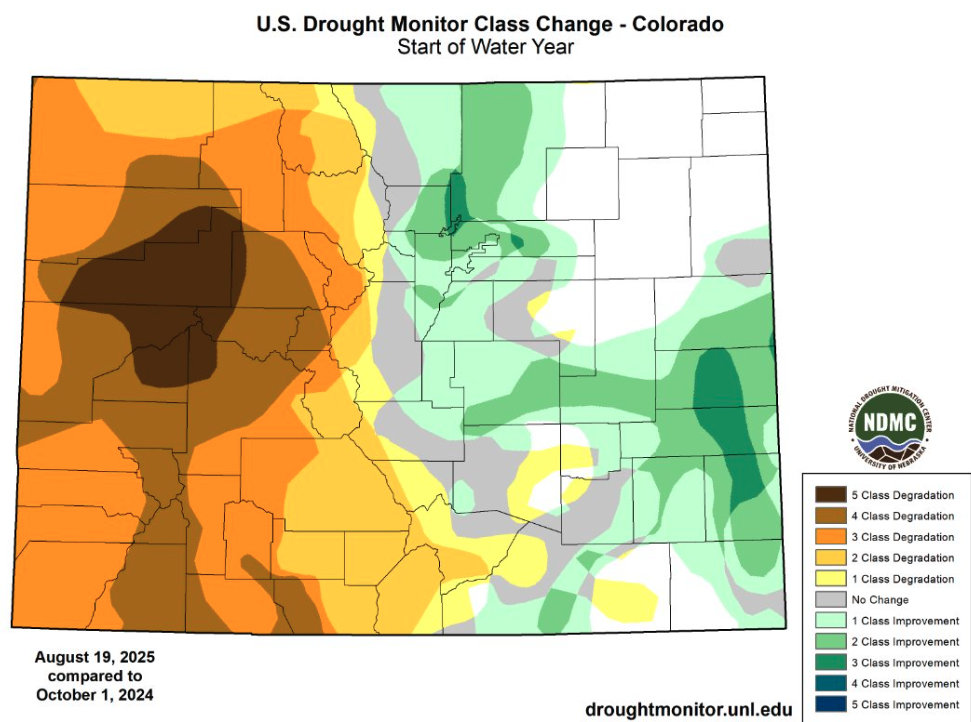
Mid-August saw the first development of “exceptional drought” conditions in Colorado since May 2023. These conditions — which are the worst among the drought monitor rankings — cover around 7% of the state and include portions of Moffat, Routt, Rio Blanco, Garfield, Eagle, Pitkin, Gunnison, Delta, and Mesa counties, she said.
“So, while this rain is certainly welcomed and will help Colorado’s drought to some extent, we will need quite a bit more precipitation before we can make up those longer-term deficits and see further drought relief,” she said.
Based on seasonal and near-time weather forecasts, relief seems unlikely.
While this week brought cooler temperatures and precipitation, outlooks into September show a gradual warming trend with “dryness creeping into the models,” she said at the water conditions meeting.
“I don’t think we’re done with the summer heat yet,” she said, adding that areas around Grand Junction and Denver are likely to see a return of temperatures in the 90s.
While many areas in the state will benefit from the rainfall in the short-term, “once we kind of get beyond sort of the first week or so of September, things are looking grim kind of in the longer-term outlook for fall,” Mazurek said, adding that this is “less promising” for drought relief, as well.
The Climate Prediction Center’s seasonal outlook for September through November shows a strong likelihood for above-normal temperatures and for below-normal precipitation.
For most of Colorado, over a third of its average annual precipitation comes between August and October, so seeing drier than normal conditions during these months could exacerbate drought further, Mazurek said.
Based on the Climate Prediction Center’s Aug. 14 outlook, Colorado could see neutral conditions give way to La Niña in the fall months — a trend that tends to correlate with drier-than-normal conditions during these months, she said.
Heading into winter, however, these predictions show a return to neutral conditions, which she said is “certainly not great news for the longer-term drought.”
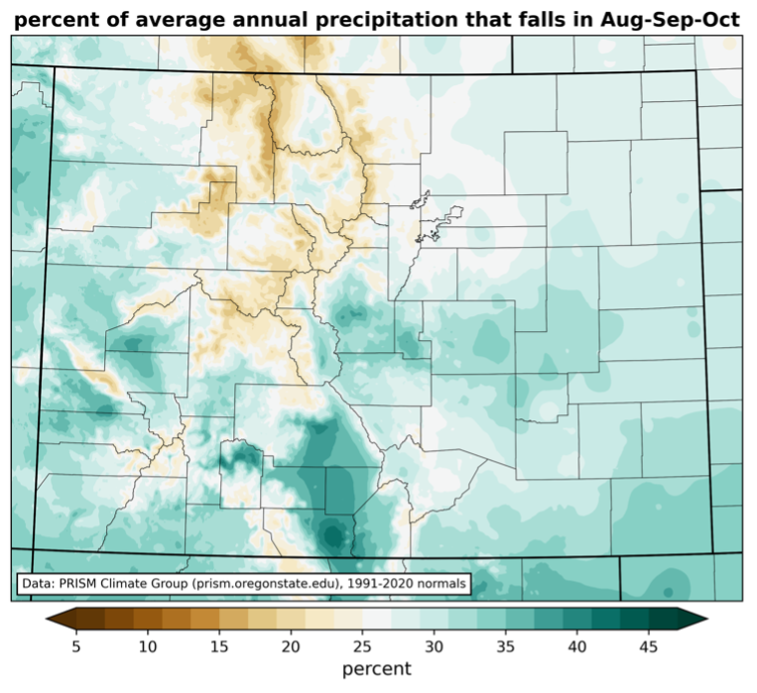
Most expensive house for sale in America hits Aspen market
The most expensive house for sale in the country hit the housing market in Aspen last week, a 74.1 acre property listed at $300,000,000.

